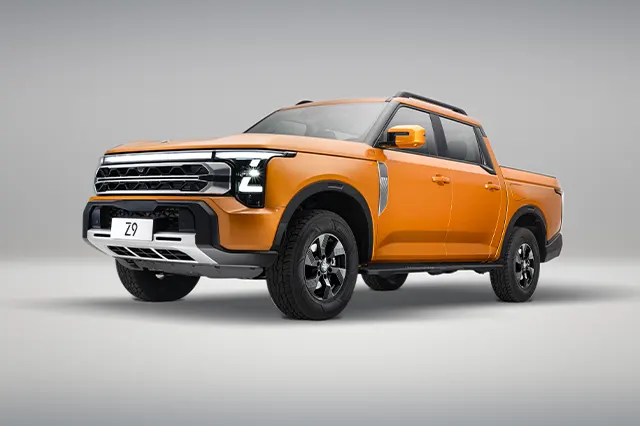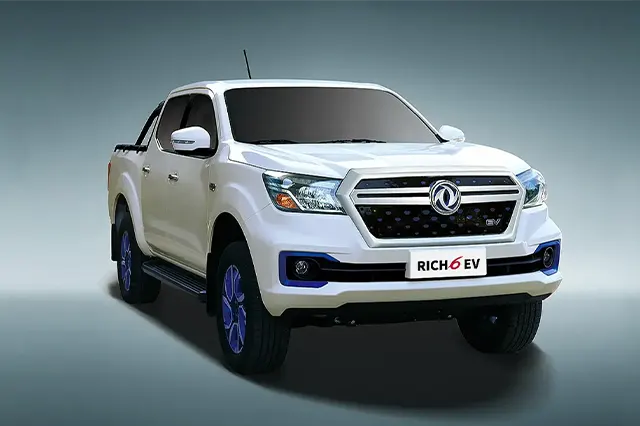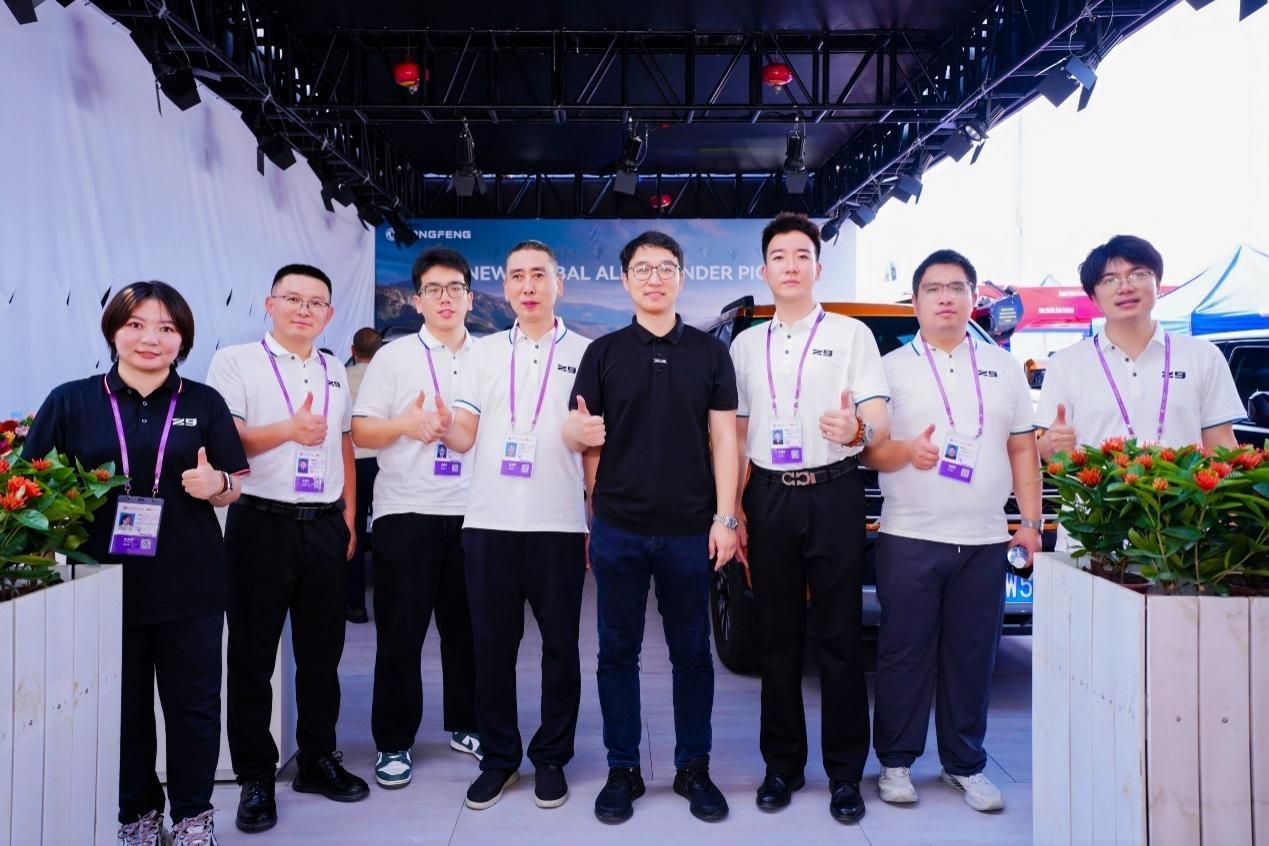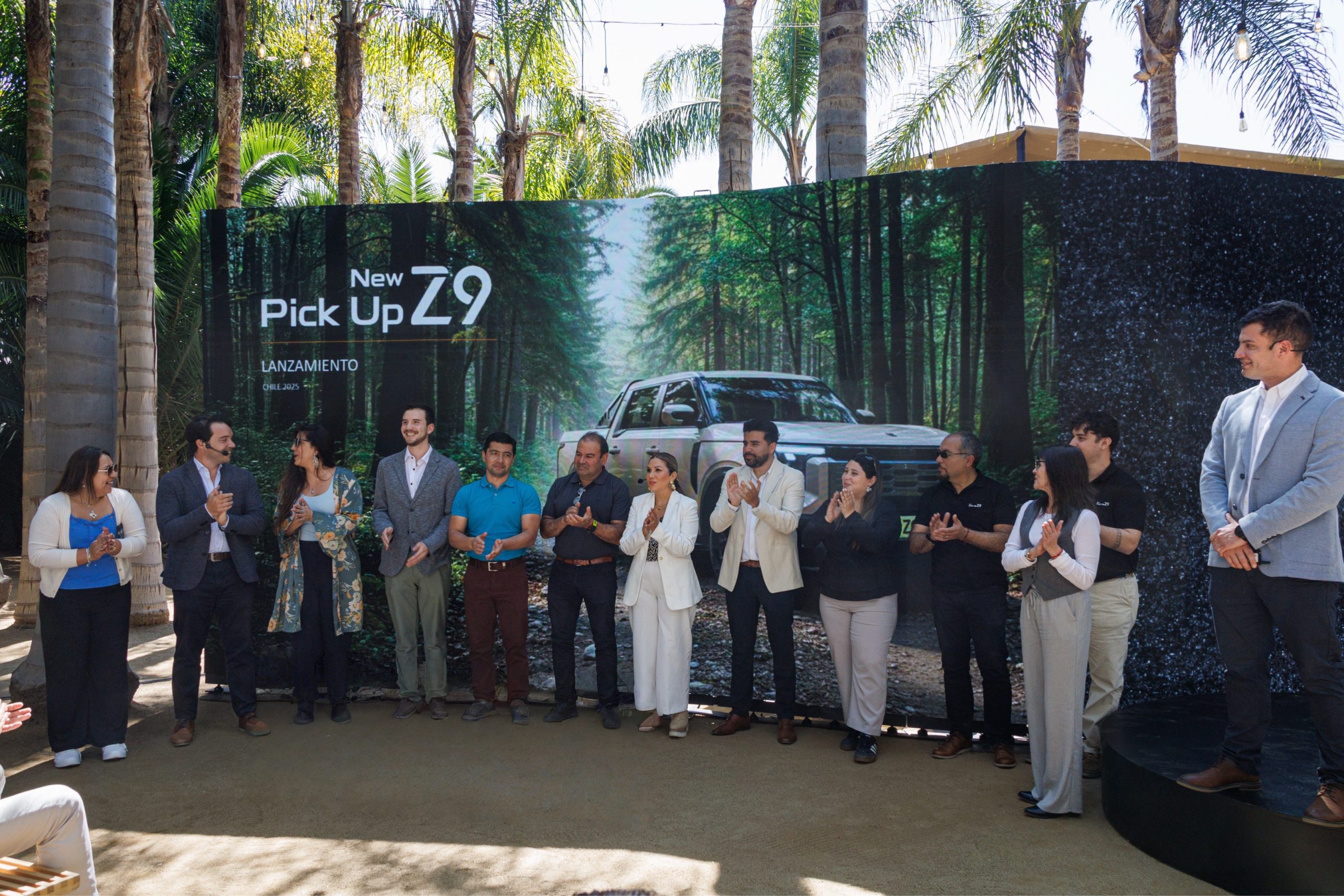Chinese 4x4 pickup export continues to gain momentum as buyers seek durable trucks with sensible ownership costs, clear compliance paths, and easy serviceability. From our vantage point at Zhengzhou Nissan, the conversation is shifting from "bigger is better" to "fit - for - purpose" - matching torque, payload stability, and emissions standards to real duty cycles.
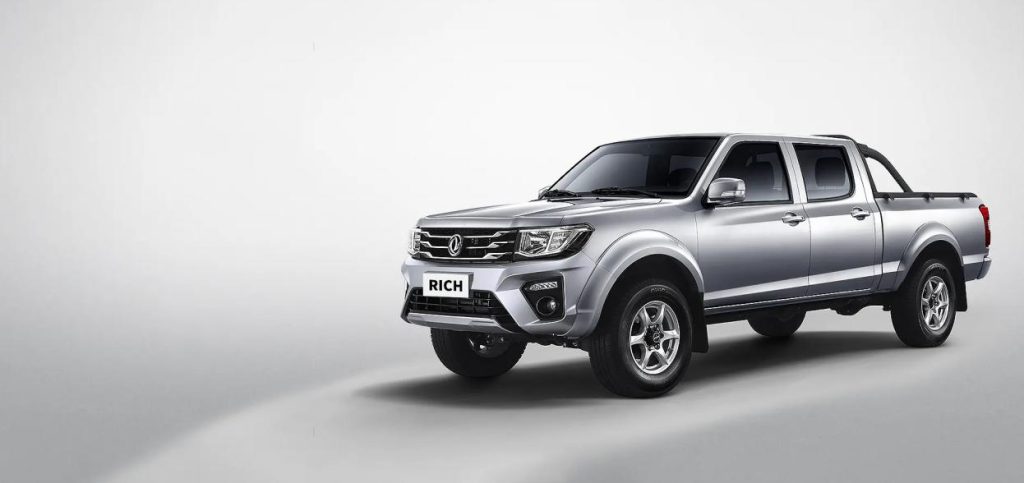
Market Direction: From Oversized To Optimized
Across Africa, the Middle East, Latin America, and parts of Asia, importers are right - sizing their fleets. Instead of heavy, high - cost models, they prefer mid - size pickups that perform in both city traffic and on unpaved roads. In the arena of Chinese 4x4 pickup export, the winning formula is simple: dependable power, straightforward maintenance, and components that local workshops already understand.
The same pain points surface repeatedly. Homologation timelines create uncertainty. Mixed - terrain drivability stresses brakes and suspension. Spare parts availability can slow a rollout. Procurement teams also need transparent technical data - engine outputs, braking systems, and suspension layouts - because these details determine uptime. That is why we publish clear specs and standardize parts across variants, so importers can plan stock and training with confidence.
- Clear emissions options reduce registration risk and speed customs.
- Front and rear disc brakes support predictable stopping distances.
- Double wishbone front suspension improves control on mixed surfaces.
- Rear steel leaf springs stabilize loads and resist harsh use.
A proven 5MT (five - speed manual) remains a popular choice. Drivers value its familiarity on steep grades and job sites. Service teams appreciate its simplicity and low running cost. In short, it keeps fleets moving.
Why The New RICH Line Works For Export
We engineered New RICH for the realities of export markets. Buyers can select gasoline or diesel, 2WD or 4WD, all paired with a robust 5MT transmission. Emissions choices are practical for multiple destinations: gasoline variants meet Euro 4, while diesel variants align to Euro 1 where that standard remains appropriate. This flexibility lets distributors match configurations to local regulations and fuel quality without overcomplicating inventory.
Gasoline 2WD/4WD: Broad, Usable Power
Our gasoline base models use a 2.438 L engine that delivers 116 kW at 5200 rpm and 240 N·m across 3200 - 4400 rpm. The broad torque plateau supports steady acceleration with tools, materials, or passengers onboard. Both 2WD and 4WD variants feature front and rear disc brakes for consistent performance in traffic and on long descents. Suspension pairs a double wishbone front with rear steel leaf springs to balance steering precision with load stability. Standard 245/70R16 tires provide a confident footprint on asphalt and gravel.
- Euro 4 compliance on gasoline helps streamline approvals and urban access.
- 2WD vs. 4WD choices let fleets balance cost against terrain.
- The wide mid - range makes ramps and hills easier in daily work.
Diesel 2WD/4WD: Torque Where It Counts
For heavier tasks, our diesel base models carry a 2.361 L engine tuned to 121 kW at 3600 rpm and 350 N·m between 1600 - 2800 rpm. That low - rpm torque band is ideal for towing, construction, and rural delivery with frequent stops. The diesel lineup mirrors gasoline in core hardware: disc brakes front and rear, double wishbone front suspension, and rear steel leaf springs. Tire options include 215/75R15 on select 2WD versions and 245/70R16 on others, so buyers can fine - tune traction and ground clearance to local roads.
- Strong low - end torque for loaded starts on uneven surfaces.
- Shared components across variants simplify stocking and training.
- Tire choices adapt to climate, surface quality, and fleet policy.
These fundamentals - right - sized power, solid braking, and proven suspension - translate into safer operation and predictable maintenance, especially for fleets operating far from metropolitan service hubs. In practical terms, they help distributors deliver vehicles that are easy to launch, easy to service, and ready for sustained daily use.
Sourcing With Confidence: A Practical Playbook
Successful Chinese 4x4 pickup export starts with clarity. Here is a three - step process we recommend to importers and distributors:
- Define the duty cycle. City distribution, mixed routes, or off - road focus? Consider payloads, average gradients, and weather.
- Map duty to spec. Choose gasoline 2WD/4WD or diesel 2WD/4WD, align emissions to your market, and confirm the 5MT suits driver skills and service infrastructure.
- Tune contact points. Select tire sizes and suspension expectations based on road quality and cargo profile to avoid over - or underspecifying.
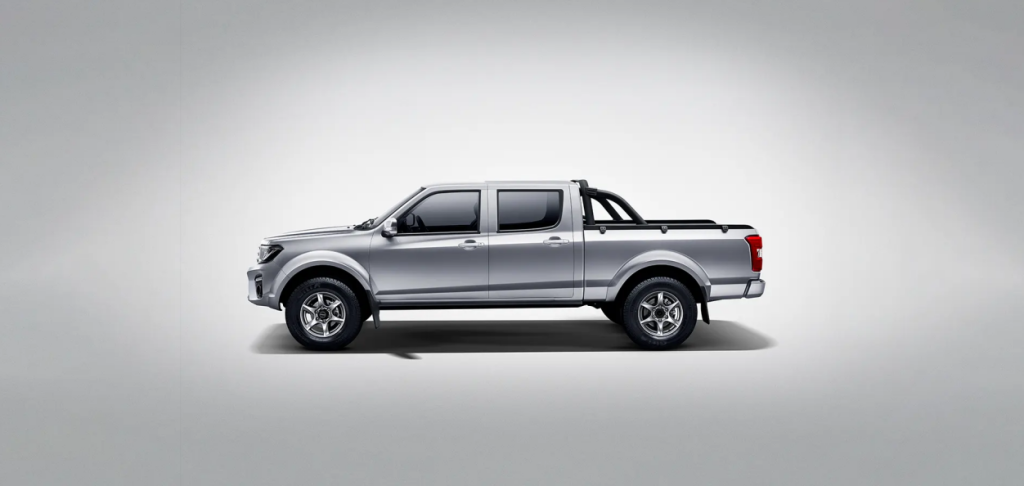
Not every task needs the same setup. Urban couriers often choose gasoline 2WD for lower upfront cost and easy Euro 4 compliance. Rural contractors or utilities - especially those towing - tend to select diesel 4WD to harness the 350 N·m torque band where it is most useful. By making these choices early, importers reduce approval delays and ensure vehicles arrive configured for the job.
We also recommend planning parts kits tied to the first maintenance cycles. Because New RICH standardizes braking and suspension across trims, stocking is simpler and technician training becomes faster. Fewer SKUs and quicker turnaround keep vehicles on the road instead of in the workshop. This is a small operational change that brings a large availability gain.
Call To Action
If you are planning your next order, talk to Zhengzhou Nissan about a region - specific configuration and pricing. We will help you assemble the right mix of export - ready New RICH variants - gasoline or diesel, 2WD or 4WD - so you go to market on time, compliant, and ready to deliver.
